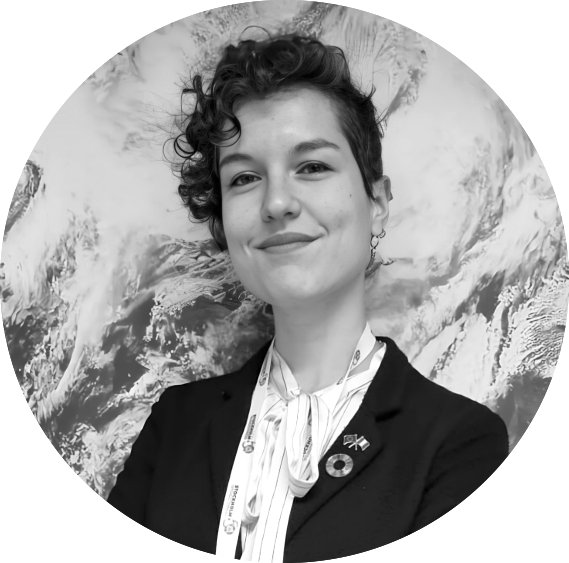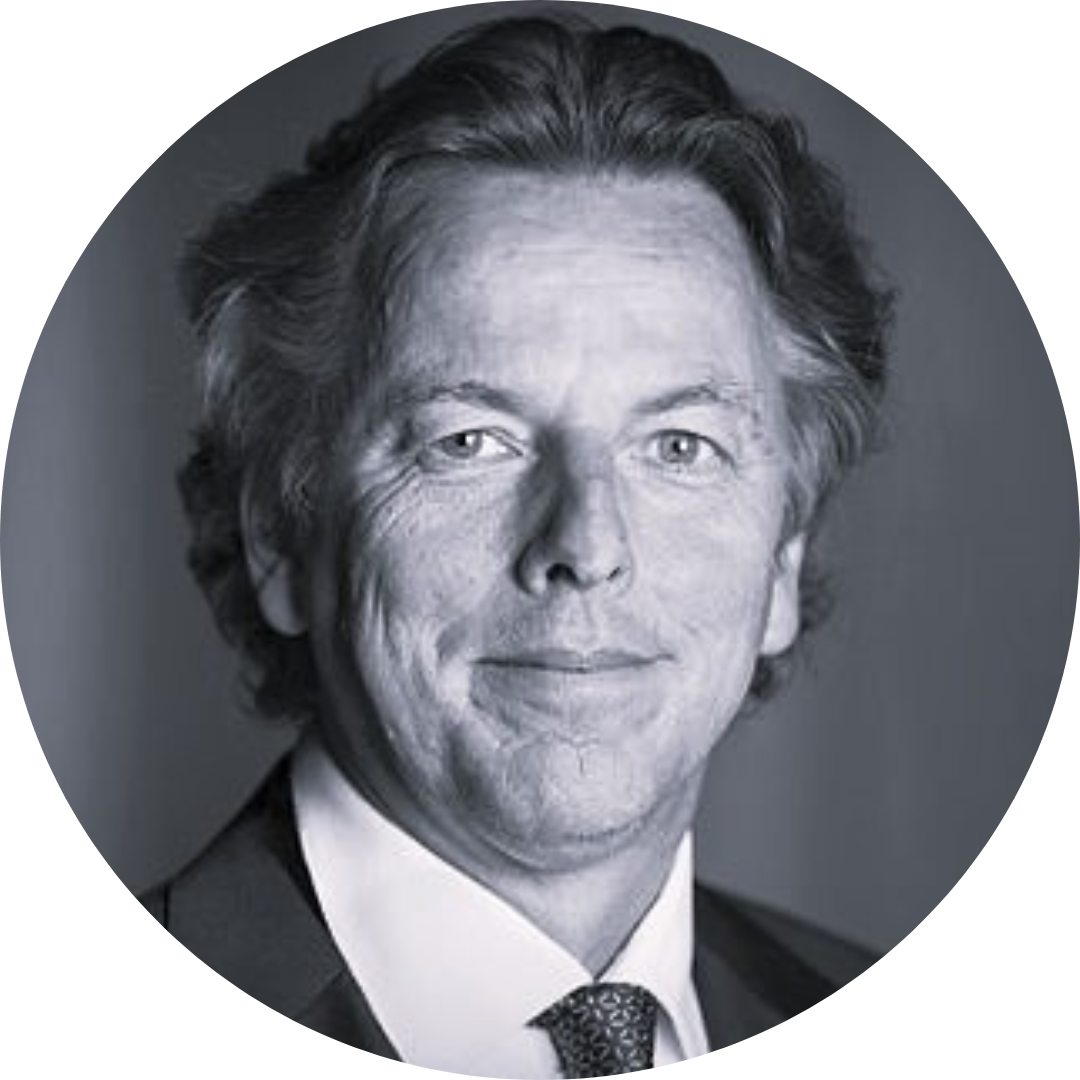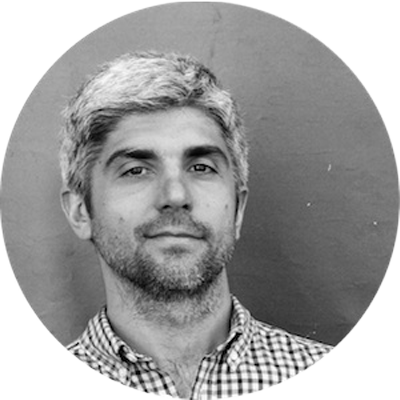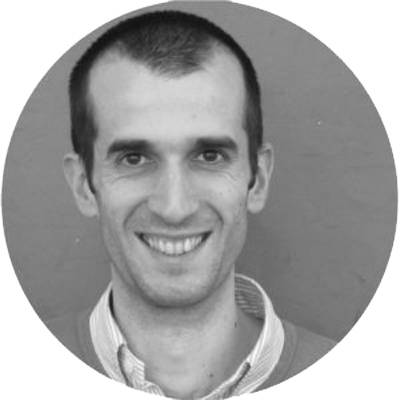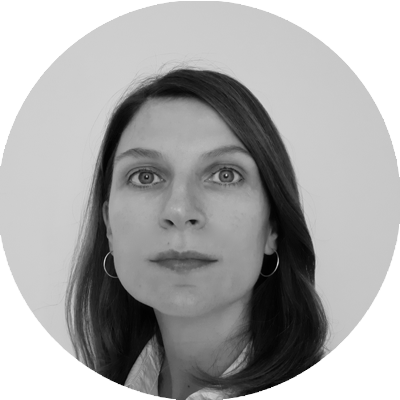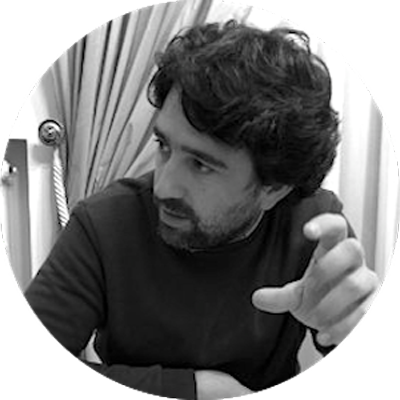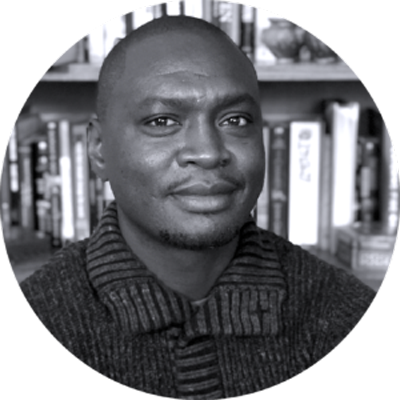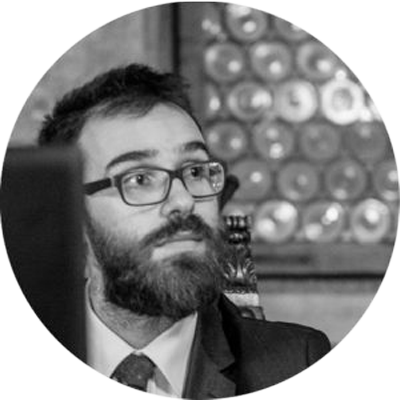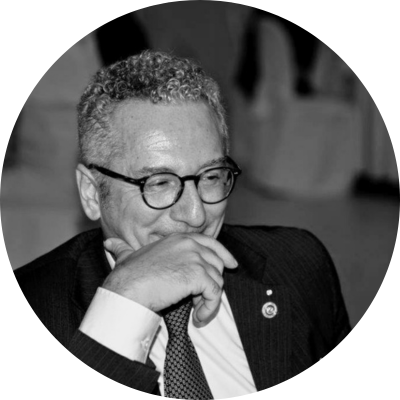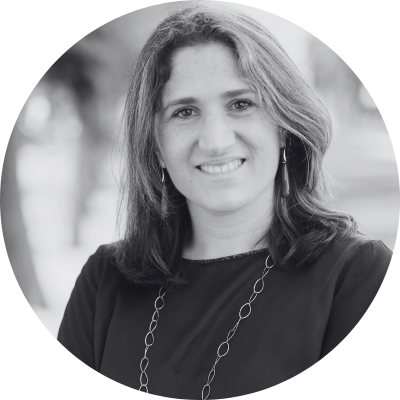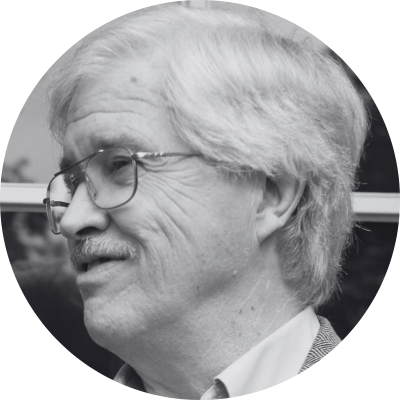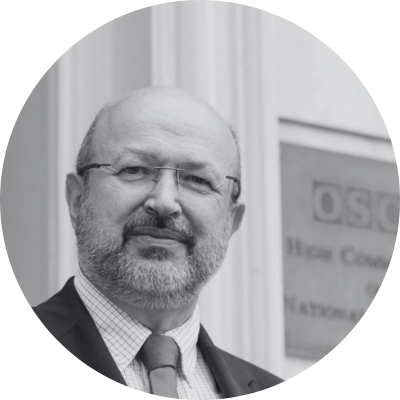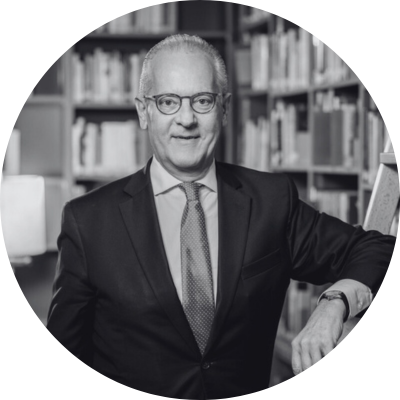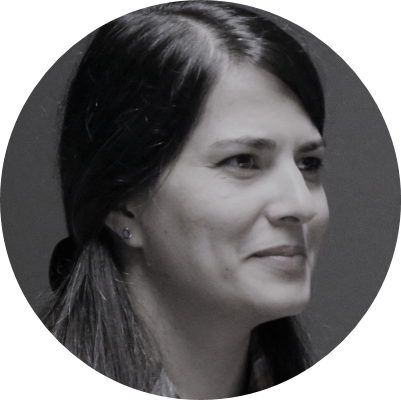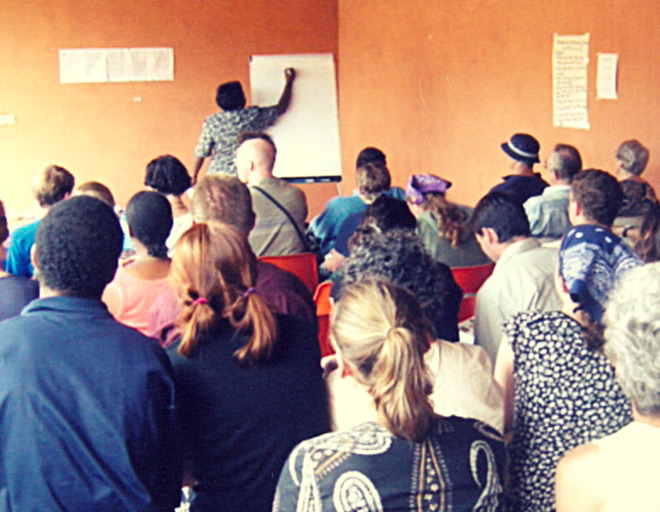
Localisation: Flipping the script on peacebuilding aid
Localisation: Flipping the script on peacebuilding aid
Logan Richman
While civil society organisations are commonly regarded as invaluable actors for peacebuilding and conflict resolution, they are often constrained by the hierarchical nature of the international development system. Major European and United States donor institutions — such as the European Commission, World Bank, and the U.S. Agency for International Development (USAID) — hold disproportionate influence in determining who receives development assistance, how much funding they receive, and how they can use the funds. These donor-imposed conditionalities often constrain or exclude local organisations, preventing them from fulfilling their mission or assisting their communities. To make international assistance more equitable and empowering for the local organisations driving peace efforts, donor-partner relationships must be reconfigured and localised.
Local organisations are celebrated by governments, multilaterals, and implementers alike for their proximity to communities and knowledge of local realities. Yet they are seldom fully empowered or trusted with programme design, fund management, or project evaluation responsibilities. Top-down dynamics often exclude and restrict local organisations that must juggle project management with an endless pursuit to survive and grow. Furthermore, these organisations frequently face several operational constraints, including limited capacity to manage back office functions (accounting, budgeting, performance management, etc.) as well as obstacles to reaching scale and hiring new talent.
How do top-down relationships actually restrict the organisations on the supposed “bottom rung” of the international aid ladder? Mohamed Ali Diini, founder of the Iftiin Foundation, a youth peacebuilding organisation based in Mogadishu, outlines his personal experience in The New Humanitarian. He highlights conditional aid as the most significant barrier to his organisation’s independence, stability, and success.
Firstly, conditional aid offerings have forced the Iftiin Foundation to implement projects disconnected from local contexts and realities — or in Ali’s words, projects designed in “rooms thousands of miles away.” Ali knew these projects would be ineffective. But he needed the funding. Further, intermediaries overseeing grants for the Iftiin Foundation have taken significant cuts of total award amounts. By limiting access to funding opportunities, the top-down development aid relationship has stunted the Iftiin Foundation’s ability to hire new talent, implement tailored and effective projects, and fund its long-term sustainability and growth.
Ali’s experiences demonstrate how existing aid hierarchies have cemented a trickle-down dynamic that limits the final award available to local organisations. All the while, international donors design out-of-touch interventions, sidelining local organisations who are left to toil in the bureaucratic complexities of the aid ecosystem. As a result, local organisations become paralysed.
Over the past decade, localisation efforts have gained traction among certain donors. In 2022, USAID published its commitment to the greater localisation of future development programming. USAID defines its localisation vision as a process through which local organisations “define priorities, design projects, drive implementation, measure and evaluate results, and more fully own and sustain [development] efforts.” In FY2022, USAID’s Direct Local Funding to implementing partners reached almost $1.6 billion, or 10.2 percent of the agency’s total funding obligations. While these reforms signal a willingness to rethink development approaches, promises of greater localisation have not always been met in practice.
Challenges to localisation are numerous and typically inextricable from local contexts. Specifically, political environments may constrain local organisations, especially those working toward certain freedoms or humanitarian objectives. Local organisations may lack the capacities to assume more project management and operational responsibilities. Furthermore, the delivery of localised aid itself may fail to uphold impartiality and neutrality, favouring specific organisations over others.
To overcome some of these obstacles, donors must be willing to experiment with alternative funding approaches, redefine the metrics used to evaluate local actors, nurture direct communications channels, and offer resources to make alternative funding streams more accessible. Local organisations themselves can continue to advocate, informing donors as to which methods of assistance are most effective and mobilising to transform top-down donor approaches. To overcome challenges, both donors and partners alike must collaborate to identify what works and what does not, adjusting localisation approaches accordingly.
Through my personal experiences, I have witnessed the benefits of localisation firsthand. While working for the Agency for Peacebuilding, I observed AP’s partnership with the Horn Afrik News Agency for Human Rights (HANAHR), a Mogadishu-based independent media organisation specialising in Somali-language coverage of humanitarian issues. HANAHR and AP joined forces to facilitate a series of journalist trainings across Somalia to support the country’s transition to peace. Meeting with HANAHR administrators, I observed how the two agencies lead the project together. HANAHR ensures that trainings respond to the needs and desires of Somali media professionals, and AP assists with support — localisation and inclusion in action. AP’s support extended to liaising with the project’s primary donor, the Institut für Auslandsbeziehungen (IFA), a German organisation, under its zivik funding programme. While AP was not the primary donor, its partnership with HANAHR enabled the two organisations to effectively and responsively communicate their needs to IFA in both project plans and funding proposals. IFA thus provided the funds, not the agenda.
Towards the end of the project, I had the opportunity to participate in evaluation interviews with the journalists who participated in each training. Both HANAHR and AP staff conducted these interviews, alongside an external evaluator from Somalia. Universally, the journalists we interviewed expressed how impactful and well-tailored the sessions were, while also providing suggestions for future improvements. With greater localisation, this kind of tailored impact can be amplified to communities worldwide. Local organisations will no longer be subject to hierarchies or the whims of donors. Instead, they will set their own agendas, delivering sustainable, impactful, and revolutionary change.






